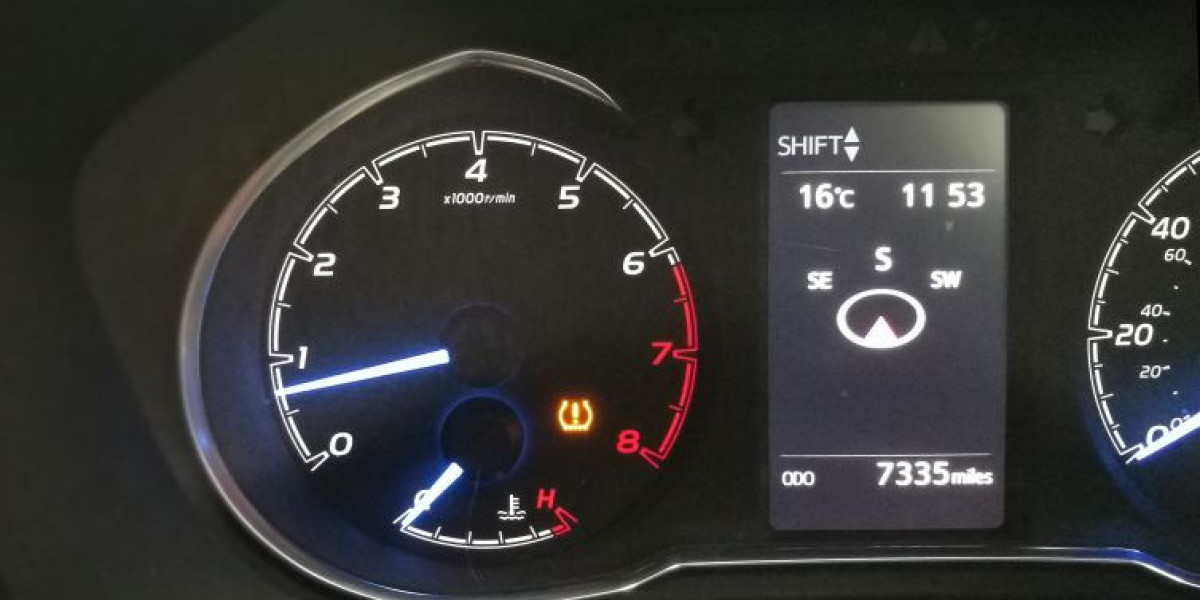The Tyre Pressure Monitoring Systemmarket has witnessed significant developments in recent years driven by increasing safety regulations, growing awareness about vehicle maintenance, and advancements in automotive technology. TPMS is a critical safety feature that alerts drivers when tyre pressure falls below optimal levels, helping prevent accidents, improve fuel efficiency, and extend tyre life.
Market Drivers and Technological Innovations
One of the primary factors propelling the TPMS market is the stringent regulatory framework imposed by governments worldwide. Many countries now mandate the inclusion of TPMS in new vehicles to enhance road safety. For example, the U.S. National Highway Traffic Safety Administration (NHTSA) requires TPMS on most passenger vehicles since 2007. Similarly, the European Union has integrated TPMS requirements into their vehicle safety regulations, further driving adoption across the continent.
Technological advancements have also played a pivotal role. Early TPMS models were bulky and costly, which limited widespread use. However, recent innovations have led to smaller, more cost-effective, and more accurate sensors. Wireless and Bluetooth-enabled systems allow seamless integration with smartphones and in-vehicle infotainment systems, offering drivers real-time tyre pressure data and alerts. These connected systems not only improve user experience but also pave the way for advanced predictive maintenance using data analytics.
Market Segmentation and Regional Trends
The TPMS market is segmented primarily by technology type: direct and indirect systems. Direct TPMS uses pressure sensors inside the tyre to provide precise measurements, while indirect TPMS relies on wheel speed sensors and the vehicles ABS system to estimate tyre pressure. Direct TPMS dominates due to its accuracy and compliance with regulations, though indirect systems remain popular for their cost-effectiveness in some markets.
Regionally, North America and Europe hold substantial shares due to early adoption driven by regulatory mandates and high consumer safety awareness. The Asia-Pacific region, however, is witnessing the fastest growth owing to increasing vehicle production, rising disposable incomes, and expanding automotive markets in China, India, and Southeast Asia. Emerging economies in these regions are also gradually adopting TPMS regulations, further boosting market growth.
Challenges and Opportunities
Despite strong growth, the TPMS market faces challenges such as the high initial cost of installation, sensor battery life concerns, and maintenance requirements. The sensors typically have a limited lifespan and may require replacement, which can be costly for vehicle owners. Additionally, counterfeit and low-quality sensors in some markets pose risks to system reliability and safety.
Nonetheless, these challenges present opportunities for manufacturers to innovate. Development of energy-efficient sensors with longer battery life and self-calibrating capabilities is underway. Integration with advanced driver-assistance systems (ADAS) and vehicle-to-everything (V2X) communication technologies also opens new avenues for market expansion. Furthermore, the growing electric vehicle (EV) market provides fresh demand, as EVs require precise tyre pressure monitoring for optimized range and safety.
Future Outlook
The future of the TPMS market looks promising with continuous technological improvements and expanding regulatory frameworks. Growing consumer preference for connected vehicles will encourage further integration of TPMS with vehicle telematics and IoT platforms. Automakers and aftermarket providers are expected to invest heavily in research and development to enhance sensor accuracy, reduce costs, and improve user convenience.
Additionally, advancements in artificial intelligence (AI) and machine learning could enable TPMS to predict tyre wear and potential failures before they occur, transforming the system from a reactive safety tool to a proactive maintenance solution. This predictive capability will not only improve safety but also reduce vehicle operating costs.
In summary, the TPMS market is evolving rapidly as technology advances, regulations tighten, and consumer demand for safety and efficiency grows. Stakeholders in the automotive industry must stay abreast of these developments to capitalize on the expanding opportunities in tyre pressure monitoring solutions.









